Record German Wind Power Lifts Renewable Share Over ’20 Goal
By Rachel Morison - Dec 5, 2013 12:05 PM ET
Record output from wind farms lifted Germany’s share of renewable electricity production above its 2020 target of 35 percent today as a storm from Scandinavia battered the nation’s northern coast.
A low pressure system dubbed Xaver, with hurricane-force winds of more than 140 kilometers (87 miles) an hour, hit the northern coastline of Germany today, according to the country’s weather service. Electricity produced by sun and wind supplied 27.2 gigawatts, or 36 percent, of Germany’s power at 1 p.m. Berlin time, according to the European Energy Exchange AG.
Germany is already Europe’s biggest producer of electricity from wind and sun and its newly formed coalition government agreed last month to get as much as 45 percent of electricity from renewables by 2025. The share of power from wind and solar rose to 49 percent on Nov. 9, according to data compiled by Bloomberg. The average share of renewables in Germany across the whole of last year was 22 percent.
“Germany might already be meeting its 2020 target for some hours, but it would need a lot more installed capacity to average 35 percent over a year,” Gary Keane, principal consultant at Poeyry Oyj, an adviser to governments and utilities, said by phone from Oxford, England.
Wind output in Germany hit a record of 25.2 gigawatts at 1:45 p.m. and will account for 39 percent of supply at 11 p.m., according to EEX data.
“Wind turbines can start to cut out when wind goes above 60 miles an hour, so with a storm there is an increased risk of that happening,” said Keane.
German power for tomorrow declined 10.3 percent to 30.79 euros ($42.05) a megawatt hour on the Epex Spot exchange in Paris at 5:22 p.m. That’s 38.63 euros lower than the same contract in neighboring France which settled at 69.42 euros a megawatt hour, the data show.
Wind and solar power are given priority access to the grid in Germany, meaning peaks in production can force coal and gas-fed plants to reduce their output. The proportion of power produced from conventional plants is expected to fall to 61 percent at 11 p.m., compared with 79 percent at 7 a.m. today, according to EEX data.
“The storm will also bring heavy gusts of wind to the Netherlands, Denmark and Poland until tomorrow afternoon,” Andreas Gassner, meteorologist at MMInternational, said by e-mail from Appenzell, Switzerland. “Denmark and Poland could see as much as 15 gigawatts of wind until early on Monday.”
Germany is already Europe’s biggest producer of electricity from wind and sun and its newly formed coalition government agreed last month to get as much as 45 percent of electricity from renewables by 2025. The share of power from wind and solar rose to 49 percent on Nov. 9, according to data compiled by Bloomberg. The average share of renewables in Germany across the whole of last year was 22 percent.
“Germany might already be meeting its 2020 target for some hours, but it would need a lot more installed capacity to average 35 percent over a year,” Gary Keane, principal consultant at Poeyry Oyj, an adviser to governments and utilities, said by phone from Oxford, England.
Wind output in Germany hit a record of 25.2 gigawatts at 1:45 p.m. and will account for 39 percent of supply at 11 p.m., according to EEX data.
Forced Shutdown
The strength of the storm forced turbines to shut down in some parts of Germany. The 48-megawatt Baltic 1 offshore wind farm operated by Karlsruhe-based EnBW Energie Baden-Wuerttemberg AG (EBK) automatically halted operations at 1 p.m. when winds became too strong, Friederike Eckstein, a spokeswoman, said by phone.“Wind turbines can start to cut out when wind goes above 60 miles an hour, so with a storm there is an increased risk of that happening,” said Keane.
German power for tomorrow declined 10.3 percent to 30.79 euros ($42.05) a megawatt hour on the Epex Spot exchange in Paris at 5:22 p.m. That’s 38.63 euros lower than the same contract in neighboring France which settled at 69.42 euros a megawatt hour, the data show.
Wind and solar power are given priority access to the grid in Germany, meaning peaks in production can force coal and gas-fed plants to reduce their output. The proportion of power produced from conventional plants is expected to fall to 61 percent at 11 p.m., compared with 79 percent at 7 a.m. today, according to EEX data.
“The storm will also bring heavy gusts of wind to the Netherlands, Denmark and Poland until tomorrow afternoon,” Andreas Gassner, meteorologist at MMInternational, said by e-mail from Appenzell, Switzerland. “Denmark and Poland could see as much as 15 gigawatts of wind until early on Monday.”















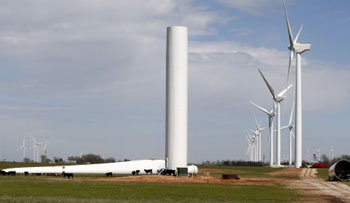

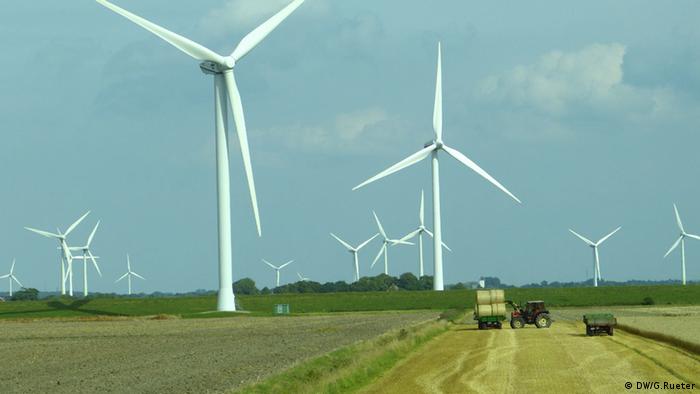
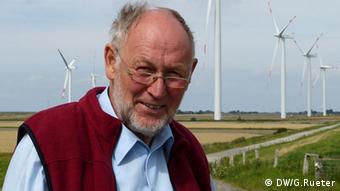
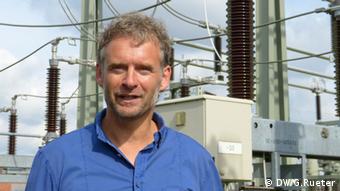
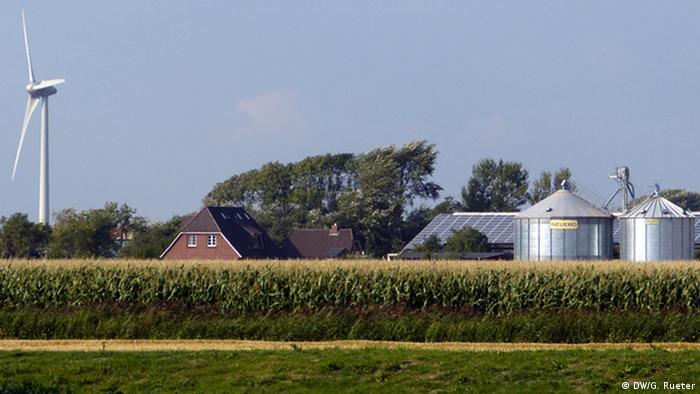
By comparison, to get a new wind farm up in Australia requires in the realm of $100 per MWh, although exceptional wind speeds and Trustpower’s low cost of capital allowed Snowtown II to go ahead with a price in the realm of $85 per MWh. Also, such Australian projects don’t have the benefit of being backed by a 35-year price guarantee from the UK Treasury. If they did the price would be even lower.
Now before I go on, I’d like to point out I’m a fan of nuclear power. I make no apologies for it. Anything which you can buy from a supplier today knowing for sure it can produce very large quantities of low emission power is worth serious consideration. Yes, there are risks – if you build a plant poorly or it is near a seismic fault line or you have a regulator in bed with the industry you can get some pretty shocking results. But I think that on balance the risks are manageable and worth taking, given its benefits.
But we’ve got to be honest with ourselves about the costs of nuclear power.
The problem to date with nuclear power has been that it’s been nearly impossible to nail down just how much they actually cost. In western countries that have liberalised electricity markets, where prices and government subsidies tend to be reasonably transparent, there hasn’t been a nuclear plant built in decades. The one recent build in Finland, Olkiluoto, is hardly a glowing advertisement, with the budget blowing out to €8.5 billion ($12.31 billion), or almost three times the delivery price of €3 billion.
The same cost uncertainty besets coal with carbon capture and storage, although the uncertainty is worse than nuclear.
By comparison, working out the costs of a gas turbine, wind power or solar panels is far more straightforward. There is an active market in these products where you can get reliable quotes for supply to Australia. And projects are being installed in Australia and in large numbers across a wide range of countries and market structures. Also, construction of wind and solar projects are a relatively simple proposition, meaning less chance of nasty time and budget blowout surprises, unlike nuclear. This gives us much greater confidence about their costs.
The other thing worth noting about the UK project is that this is not a first-of-a-kind plant. It is the third European pressurised reactor built by EDF (the other two, Olkiluoto and Flamanville, have had large time and budget blowouts). Also, if EDF were to proceed with constructing another nuclear plant at Sizewell in the UK, then it has only agreed to lower the price of power it will supply to $151 per MWh.
So if nuclear is so expensive, why is the UK government doing this?
1. Because its wind and solar resources are far worse than Australia’s and so nuclear’s economics are quite attractive. In reality the UK actually has a reasonably okay wind resource but it has let wind farm NIMBY-ism get out of control;
2. Because it has a bipartisan consensus that climate change is a serious problem;
3. It provides a hedge against gas prices that are at the whim of global oil and gas market dynamics – something we’re about to also experience soon; and
4. It faces a looming generation supply shortage because existing aging plant needs to shut soon.
Given the four points above they concluded this was a necessary deal to make, even if they would prefer a more market-driven process.
It also provides a superb illustration that cost dynamics for power generation technologies can be highly geographically specific. One needs to be very careful in translating the experiences of one country in power generation to another. This is something many Australian nuclear advocates, who are often not active participants in the power market, have difficulty with.